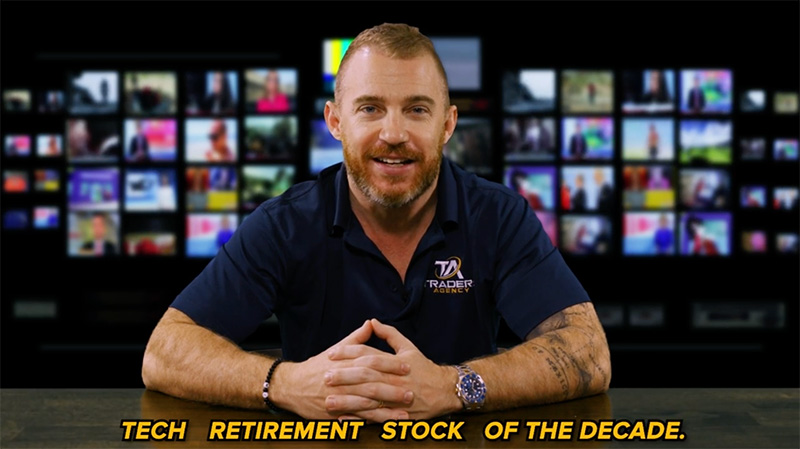When it comes to trading the crude oil markets, I generally bow to my colleague Anthony Speciale.
He’s the master at trading crude.
And he has years of six-figure profits to prove it.
But one thing I do know is how NOT to trade crude… at least on a long-term basis.
This mistake cost me thousands of dollars.
And I’m sharing this story with you today because I want to help you avoid the same mistake.
The culprit?
The United States Oil Fund, LP (USO) – a popular exchange-traded fund (ETF).
ETFs trade just like stocks and are generally meant to track the price movement of one or more underlying assets.
In this case, USO tracks the price of crude.
But there’s a problem…
USO’s Big Problem
Oil trades on the futures market. So, in order to mimic the price changes in that market, funds must hold a mixture of options and futures contracts.
These derivatives can be quite expensive when held for a long period of time.
That’s bad for investors because it means the price of USO falls short of matching the movement of crude over any significant time period.
Take a look at this chart to see what I mean…
As you can see in the bottom pane of the chart, the light crude oil futures market has risen by about 50% over the past three years.
On the other hand, the USO fund has not even come close to that level of performance.
In fact, it is down a whopping 35% over the same period.
Don’t Give Up Your Gains
Even if you had timed it perfectly and bought USO after the post-COVID crash, owning the ETF would have robbed you of over 85% of your potential gain.
Now, if you want to make a short-term trade in the crude market, as in a few days to a few weeks, USO will serve your purposes just fine.
It won’t necessarily track the crude oil futures market exactly, as you can see in the short-term performance chart above, although it will generally at least move in the same direction.
But if you’re looking to take a longer-term position over several months or years, you’ll want to take a pass on the under-performing ETF.
Doing so could help you avoid making the same mistake I made, which ended up costing me thousands of dollars.
Embrace the surge,
Ross Givens
Editor, Stock Surge Daily




